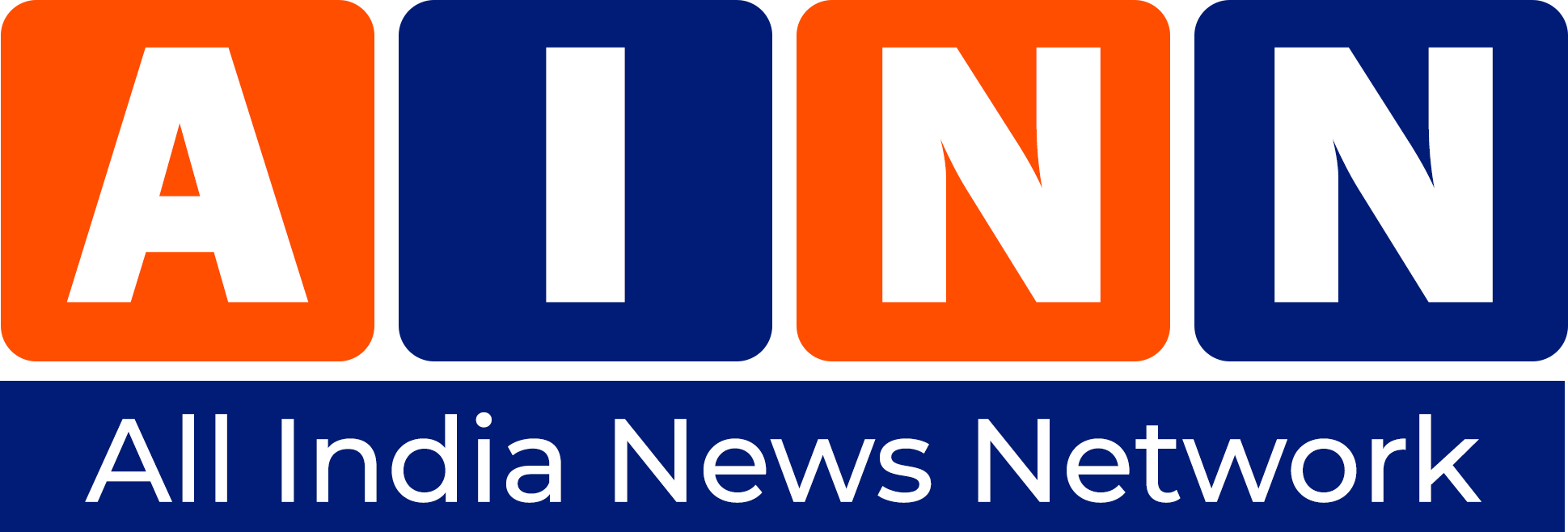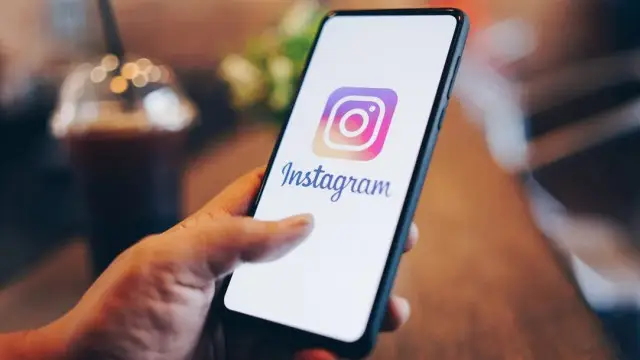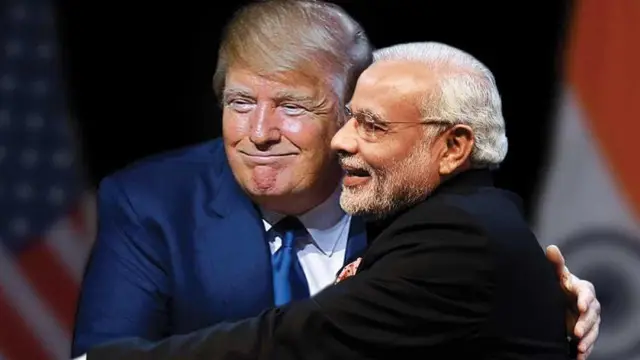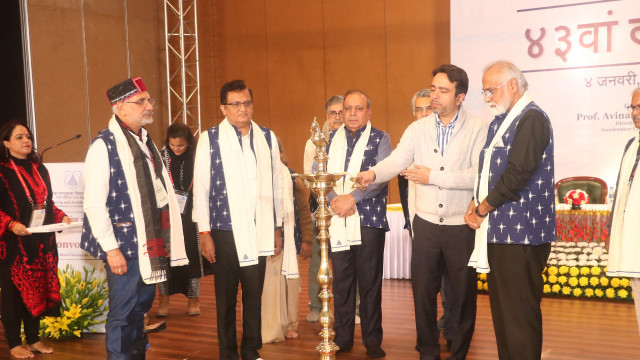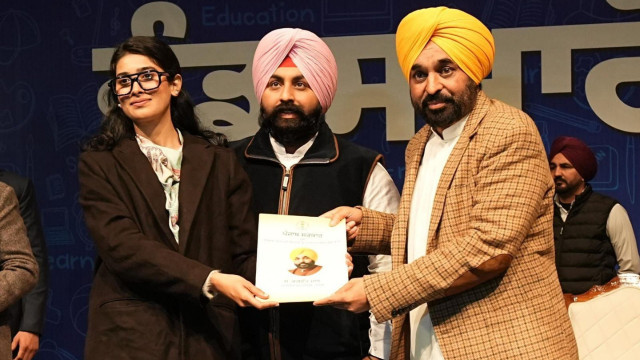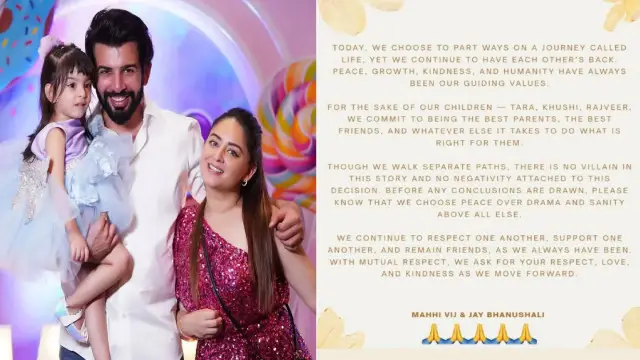Will ChatGPT Start Showing Ads Like YouTube? OpenAI Considers New Revenue Model
OpenAI is exploring new revenue options for ChatGPT, including possible ads in chats. Officials caution that advertisements could impact user experience for its 20 million paid subscribers worldwide.
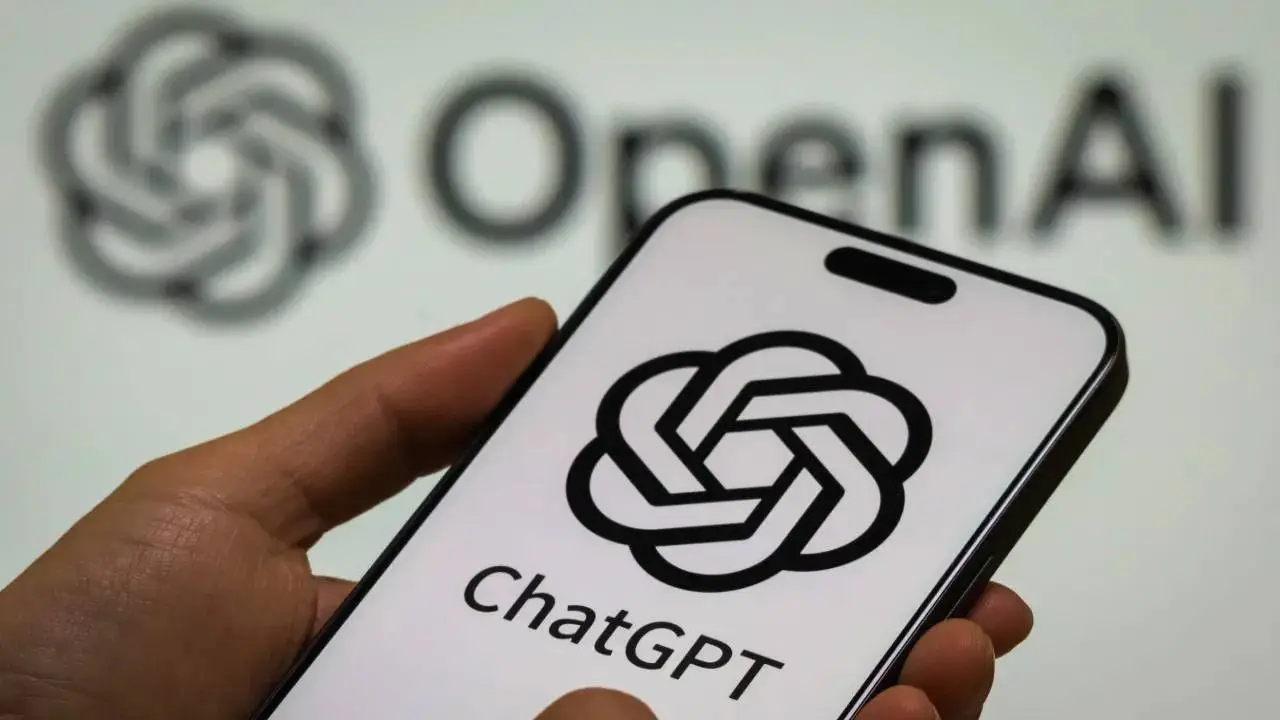
Tech News: OpenAI has started looking for new ways to earn money and to increase revenue; the company can include advertisements in its popular AI chatbot ChatGPT. Recently, in The Verge's Decoder podcast, OpenAI's ChatGPT head Nick Turley said that this cannot be completely ruled out, but the company will have to work very thoughtfully and intelligently on how to integrate advertising. The matter of advertising has not been completely ruled out, which means that you may get to see advertisements in the future. If this happens, then, like YouTube, you may also be bothered by advertisements on this popular AI from time to time.
ChatGPT Ads Like YouTube?
If ads start appearing in ChatGPT, users might find the experience frustrating, much like the interruptions they face while watching videos on YouTube. While ads are common in free online services, their presence in a tool like ChatGPT could change how people interact with it.
Many users value ChatGPT for its quick, clean, and focused responses without distractions, and ads could break that flow. Nick Turley from OpenAI has already acknowledged that introducing ads in a chatbot is tricky. He said that while not every user may be willing to pay for the service, the goal is still to offer the best and most updated product possible.
Deep Thought Before Implementation
Turley emphasized that the introduction of ads would require deep thought and careful implementation to ensure the trust and comfort of users are not compromised. He pointed out that people come to ChatGPT for clarity and answers, not interruptions. If done wrong, ads could push users away or make them less likely to engage for long periods. That’s why the company says this is still an idea under consideration, not a confirmed plan.
ChatGPT’s Strength Is Personalization
The OpenAI executive further explained that ChatGPT’s popularity lies in its ability to deliver precise, well-tailored answers in a way that feels personal to each user. He noted that the search results and information ChatGPT provides are adjusted according to a user’s needs and preferences, which makes it more engaging than a generic search engine. Adding ads could risk diluting this unique experience. He stressed that if the company ever moves forward with the idea, they would have to design the ad experience in a way that doesn’t harm the flow of conversation
User Feedback Will Guide Decisions
Turley also hinted that the team would consider user feedback at every stage. “If we ever do this, I would like to work very carefully and thoughtfully,” he said, “because what makes ChatGPT so special is not just the answers, but the smooth, focused interaction.” In other words, the goal would be to keep the chatbot’s identity intact, even if monetization strategies evolve over time.
ChatGPT has so many paid subscribers
ChatGPT recently reached a milestone of 700 million weekly active users, a number that reflects its massive global reach. However, only around 20 million of those are paying subscribers, which means most people use the free version.
According to a Bloomberg report, OpenAI could potentially generate $12.7 billion in revenue from subscriptions this year. Still, despite these huge numbers, the company reportedly does not expect to have positive cash flow until 2029. This long wait for profitability is one of the main reasons OpenAI is exploring new revenue models, including ads. The subscription model is working, but it may not be enough to sustain rapid growth and heavy infrastructure costs over time.
Ads Could Monetize Free Users
Running ChatGPT for hundreds of millions of users involves massive expenses in computing power, data storage, and constant model updates. Even the paying user base, while strong, represents a small percentage of total usage. This means the majority of users are enjoying the product without contributing directly to its revenue. If ads are introduced, OpenAI could tap into this free user segment for monetization while keeping subscription perks intact. Such a step could change the future of AI-based services, blending free access with controlled advertising to maintain both growth and innovation.
